
Hermitage History
Samyeongam Hermitage is located in Yangsan, Gyeongsangnam-do on the grounds of Tongdosa Temple. In fact, Samyeongam Hermitage is one of 17 hermitages located on the Tongdosa Temple grounds in the foothills of Mt. Yeongchuksan (1,082.2 m). In 1573, two monks named Yigi and Sinbaek, who were admirers of Samyeong-daesa (1544-1610), decided to build a hermitage in his honour.
So who was Samyeong-daesa? Samyeong-daesa was born in Miryang, Gyeongsangnam-do in a modest home. Eventually, he would pass the gwageo (civil service examinations) to become a Buddhist monk in 1561. With the outbreak of the Imjin War (1592-98), Samyeong-daesa led an army of 5,000 trained soldier-monks known as the Righteous Army to fight against the invading Japanese. Finally, when hostilities came to an end, Samyeong-daesa was sent as a special envoy on behalf of King Seonjo of Joseon (r. 1567-1608) to Japan in 1604. While in Japan, Samyeong-daesa completed a peace treaty, which included the return of some 3,000 Korean prisoners, as well as numerous priceless Korean artifacts. And in 1610, Samyeong-daesa would die at Hongjeam Hermitage on the Haeinsa Temple grounds in Hapcheon, Gyeongsangnam-do. During his lifetime, Samyeong-daesa built a modest home on the Tongdosa Temple grounds. So it’s from this connection to Tongdosa Temple, as well as a truly legendary life, that the hermitage was built in honour of Samyeong-daesa.
As time passed, only two buildings remained at Samyeongam Hermitage. They would be the Josa-dang Hall and the Geukrakbo-jeon Hall. More recently, the hermitage has been reconstructed and expanded to its current configuration and appearance.
In total, there is just one classified property at Samyeongam Hermitage, which is housed in the neighbouring Tongdosa Temple museum. It’s the “Gamno-do of Samyeongam Hermitage,” which is a Cultural Heritage Material as of August, 2002.
Hermitage Layout
You first approach Samyeongam Hermitage up a long road shaded by large trees the entire way. And when you first arrive at the grounds, you’ll be greeted by the beautiful front façade to the hermitage. In front of this façade is a beautiful koi pond, which has various Buddhist figures scattered all around its banks. And like two sentinels, twin pavilions hang out over the pond from the depths of the elevated main courtyard above. Just as you pass over the bridge, but before you enter the hermitage courtyard, you’ll be greeted by an intricately designed golden Gwanseeum-bosal (The Bodhisattva of Compassion) metre tall statue.
Next to greet you at the hermitage, and after you’ve climbed a small set of stairs, is the beautiful entrance gate. Before you pass through this entry gate have a look back down at the pond that you’ve just passed over. It’s one of the more beautiful sights at the hermitage.
After passing through the entrance gate, you’ll first be greeted by the Geukrakbo-jeon Hall at Samyeongam Hermitage. Adorning the exterior walls to the main hall are rather unique paintings. Because it’s a hermitage for monks studying Buddhism, the paintings are of child-like monks, symbolic of the spiritual maturation process within the Buddhist faith. Inside this hall, and sitting on the main altar, are a triad of statues that are rather unique in their composition. Sitting in the centre is Amita-bul (The Buddha of the Western Paradise). He’s joined by Jijang-bosal (The Bodhisattva of the Afterlife) and Gwanseeum-bosal (The Bodhisattva of Compassion). The additional artwork hanging in this hall is a rather interesting Shinjung Taenghwa (Guardian Mural), as well as an older mural dedicated to Jijang-bosal.
To the left of the main hall are the monks’ living quarters. Between the monks’ quarters and the Geukrakbo-jeon Hall is a pathway that leads up to the Samseong-gak Hall. Housed inside this shaman shrine hall are three paintings. All three paintings are modern. Sitting in the centre is the Chilseong (The Seven Stars) painting. This central image is joined on either side by similar stylized paintings dedicated to Dokseong (The Lonely Saint) and Sanshin (The Mountain Spirit). And to the far left, and beyond the monks’ dorms, you’ll find a modern five-story pagoda. This area is especially beautifully during the spring months when the magnolia trees are in bloom.
To the right of the Geukrakbo-jeon Hall, on the other hand, is the Josa-dang Hall, which is dedicated to prominent monks that once called Samyeongam Hermitage home. This shrine hall is fronted by pretty gnarly-looking persimmon trees. Stepping inside this shrine hall, you’ll find a painting dedicated to Samyeong-daesa, for whom the hermitage gets its name. In front of this hall is a beautiful watering hole for visitors. It has a granite lotus bud that pours mountain water.
And to the right of the Josa-dang Hall are a collection of buildings for monks that are off-limits to the general public.
How To Get There
From Busan, you’ll first need to get to the Nopo subway stop, which is stop #134. From there, go to the intercity bus terminal. From the intercity bus terminal get a bus bound for Tongdosa Temple. The ride should last about 25 minutes. The buses leave every 20 minutes from 6:30 a.m. to 9:00 p.m. From where the bus drops you off at the Tongdosa Temple bus stop, you’ll need to walk an additional 10 minutes to the temple grounds west of the bus stop.
Walk up a 1.5 km path, sprinkled with ancient graffiti, and you’ll eventually arrive at the outskirts of the temple grounds. Once you get to the parking lot for Tongdosa Temple, keep walking up the road for cars to the left. Follow this road for about a kilometre. The road will fork to the right or go straight. Follow the road that goes straight. Continue up this road for another two kilometres and follow the signs as you go because there is more than one hermitage in this area. As you near Samyeongam Hermitage, you’ll come to a point where the road forks. Whereas the road that leads to other hermitages at Tongdosa Temple splits to the left, the road that leads to Samyeongam Hermitage heads right. There is a large stone standing on its side that reads “Samyeongam – 사명암” on it.
Overall Rating: 6/10
Samyeongam Hermitage is the size of a regular temple. It has a beautiful koi pond out in front of the main courytard. Other highlights to this large sized hermitage are the gnarly-looking persimmon trees, the twin pavilions, the artwork in and around the Geukrakbo-jeon Hall, as well as the Josa-dang Hall and entry gate. The hermitage is located in a tranquil location away from the hustle and bustle of daily life. Additionally, the hermitage is beautiful in any and all seasons.
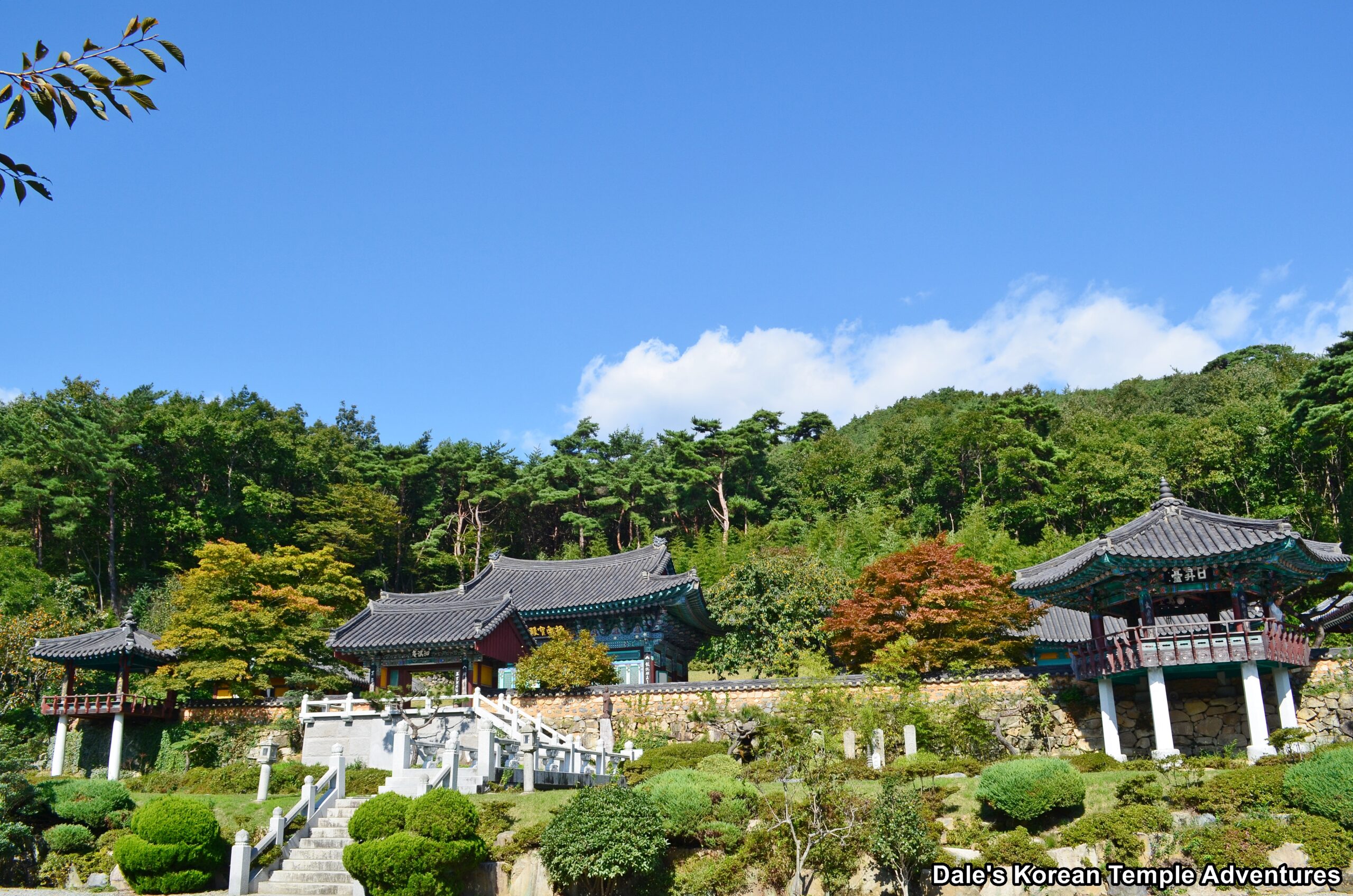
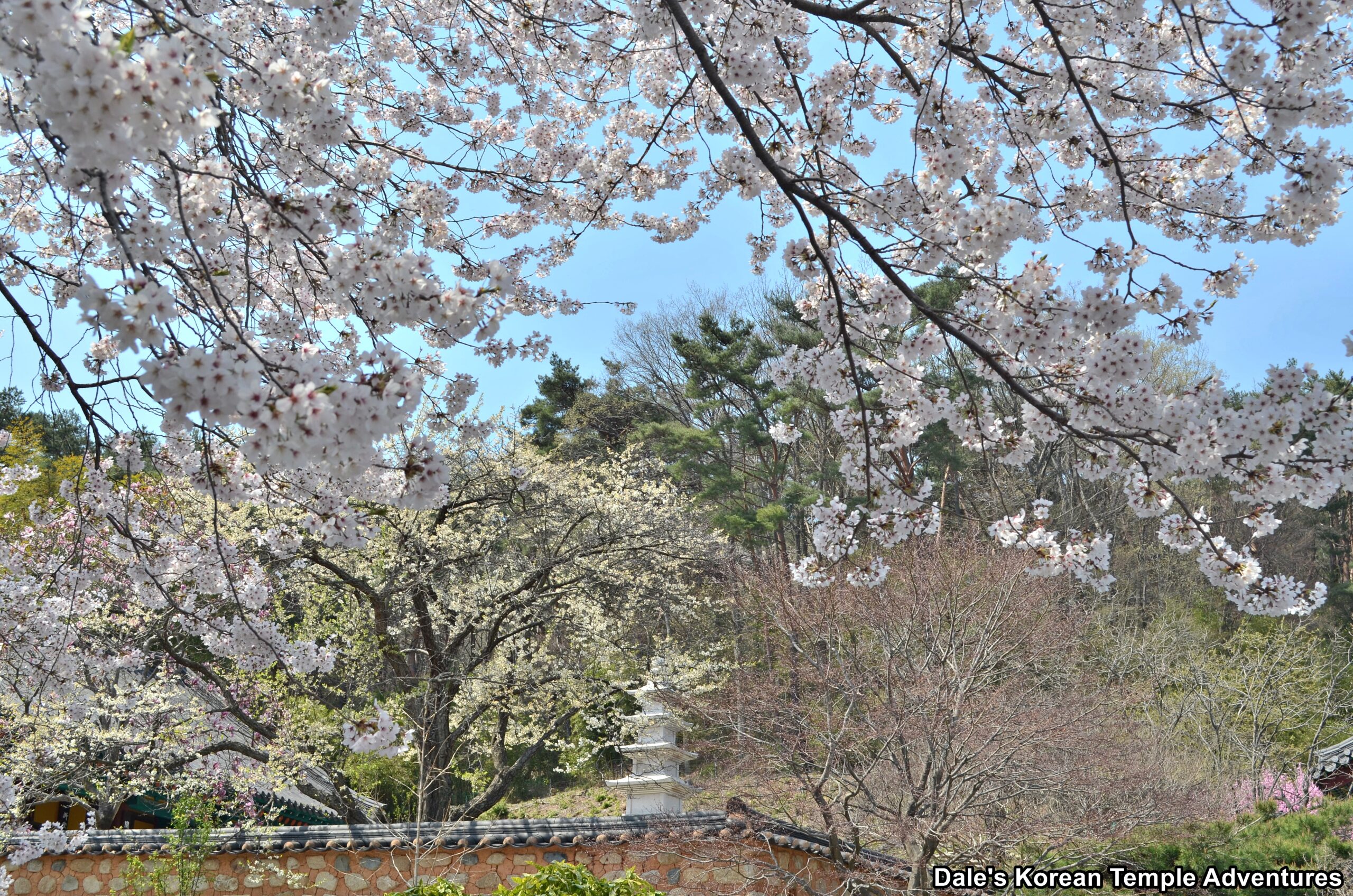
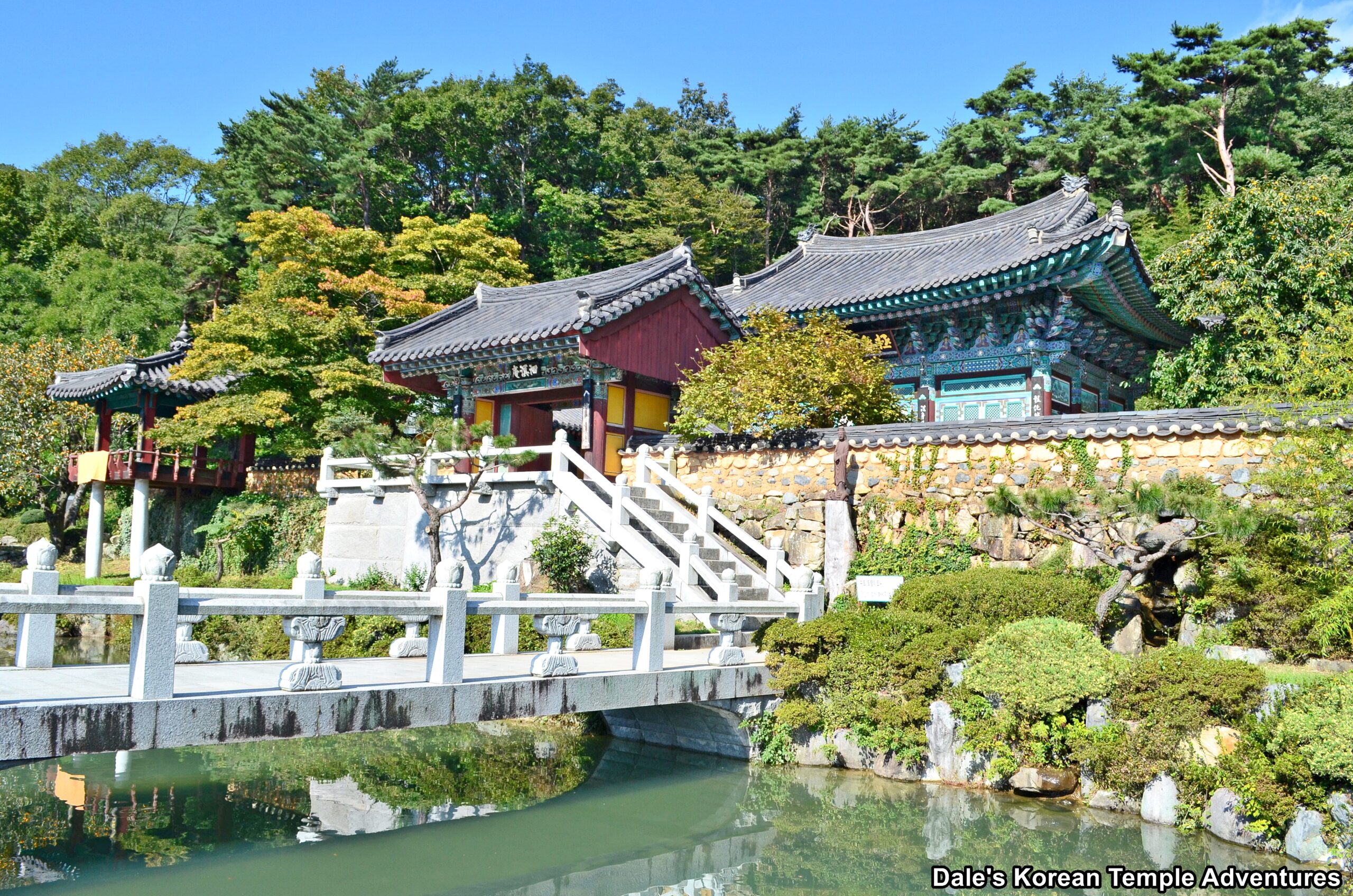
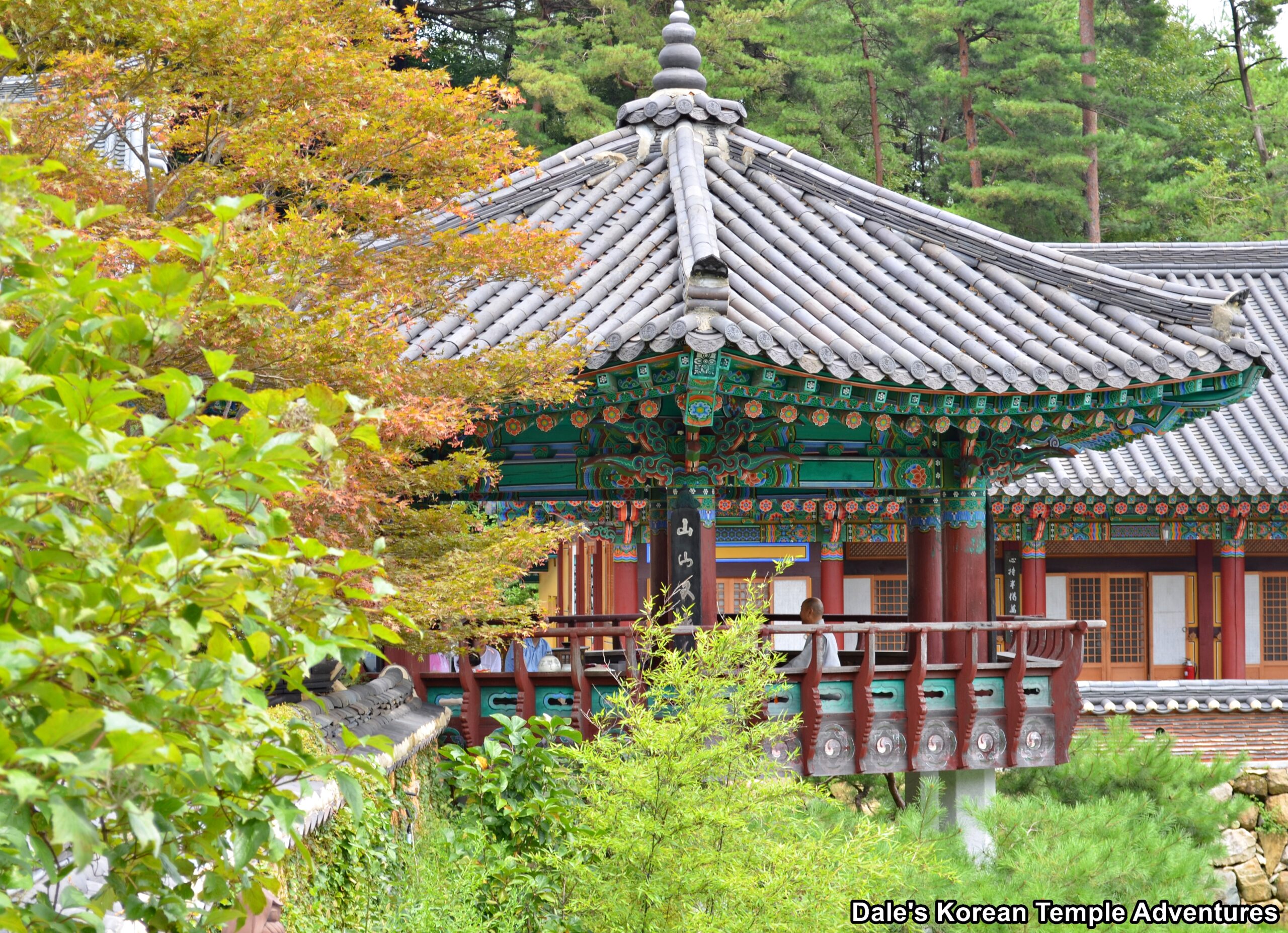
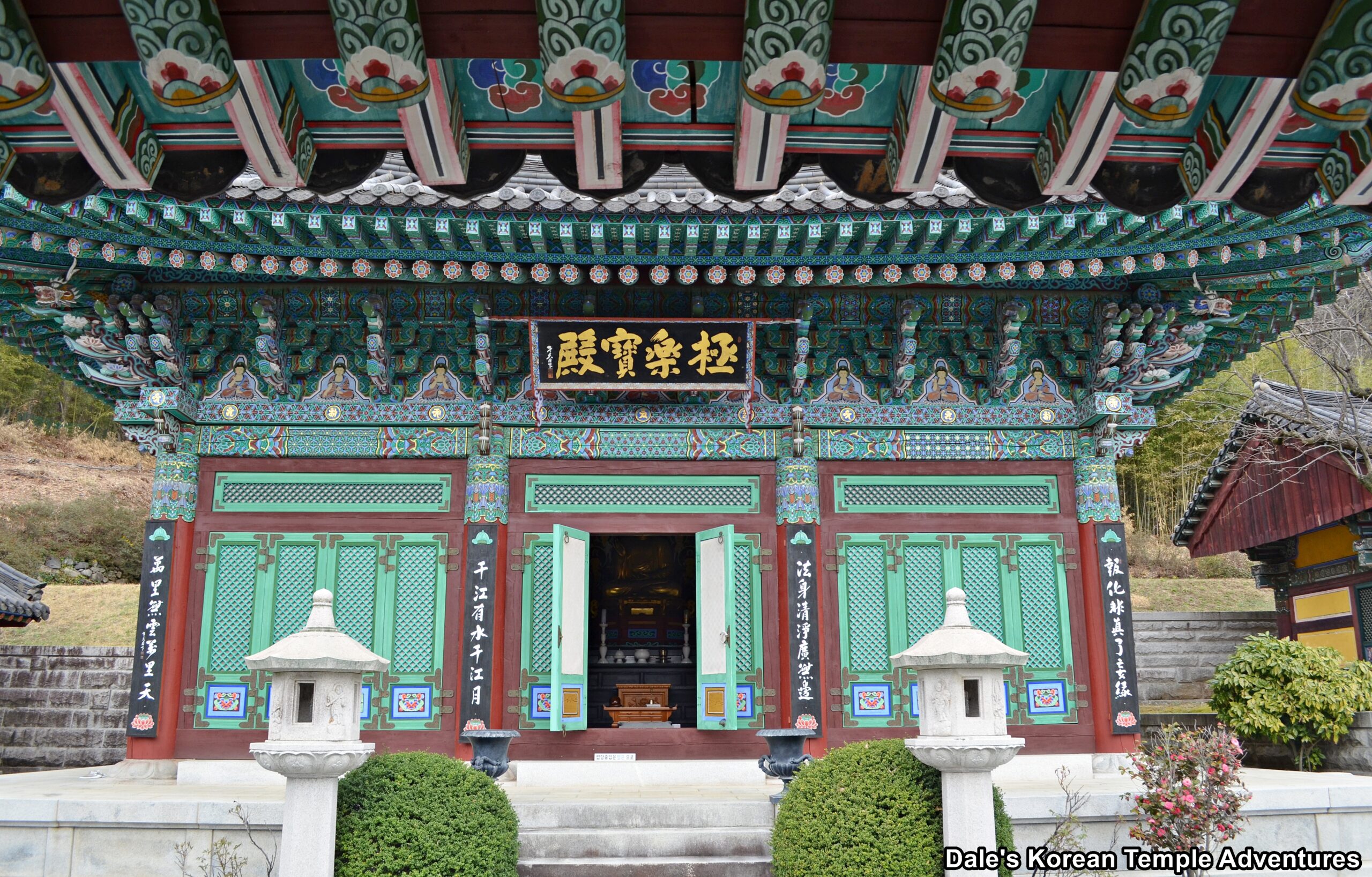
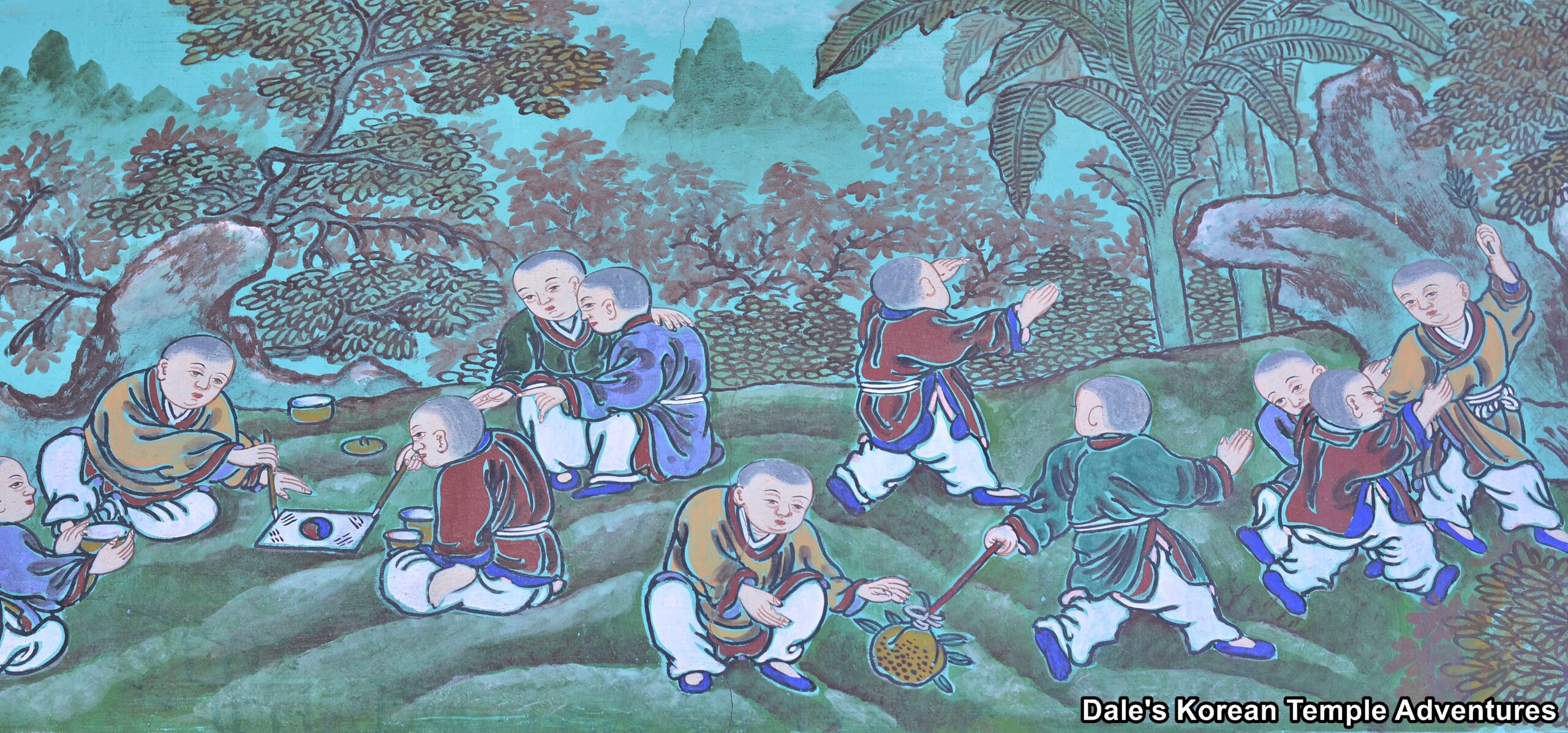
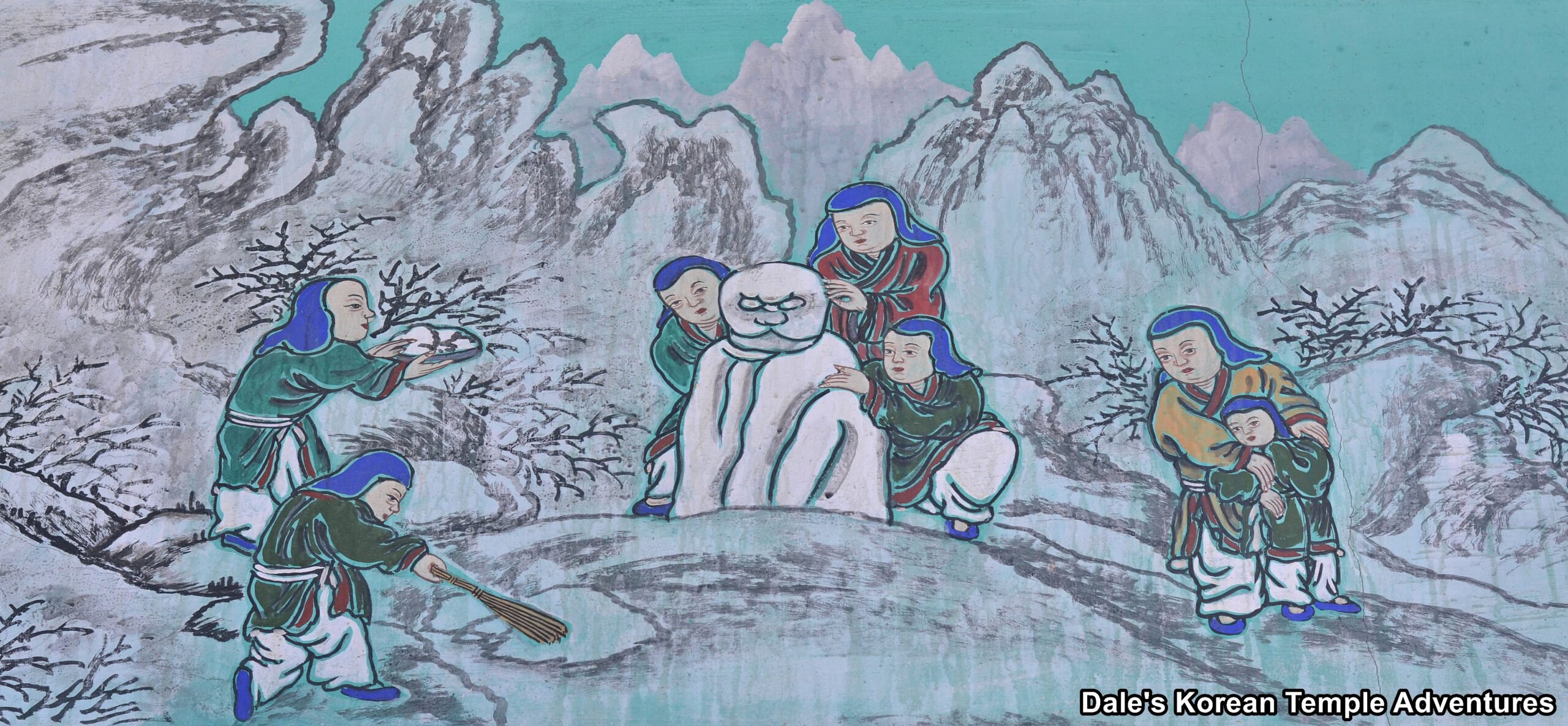
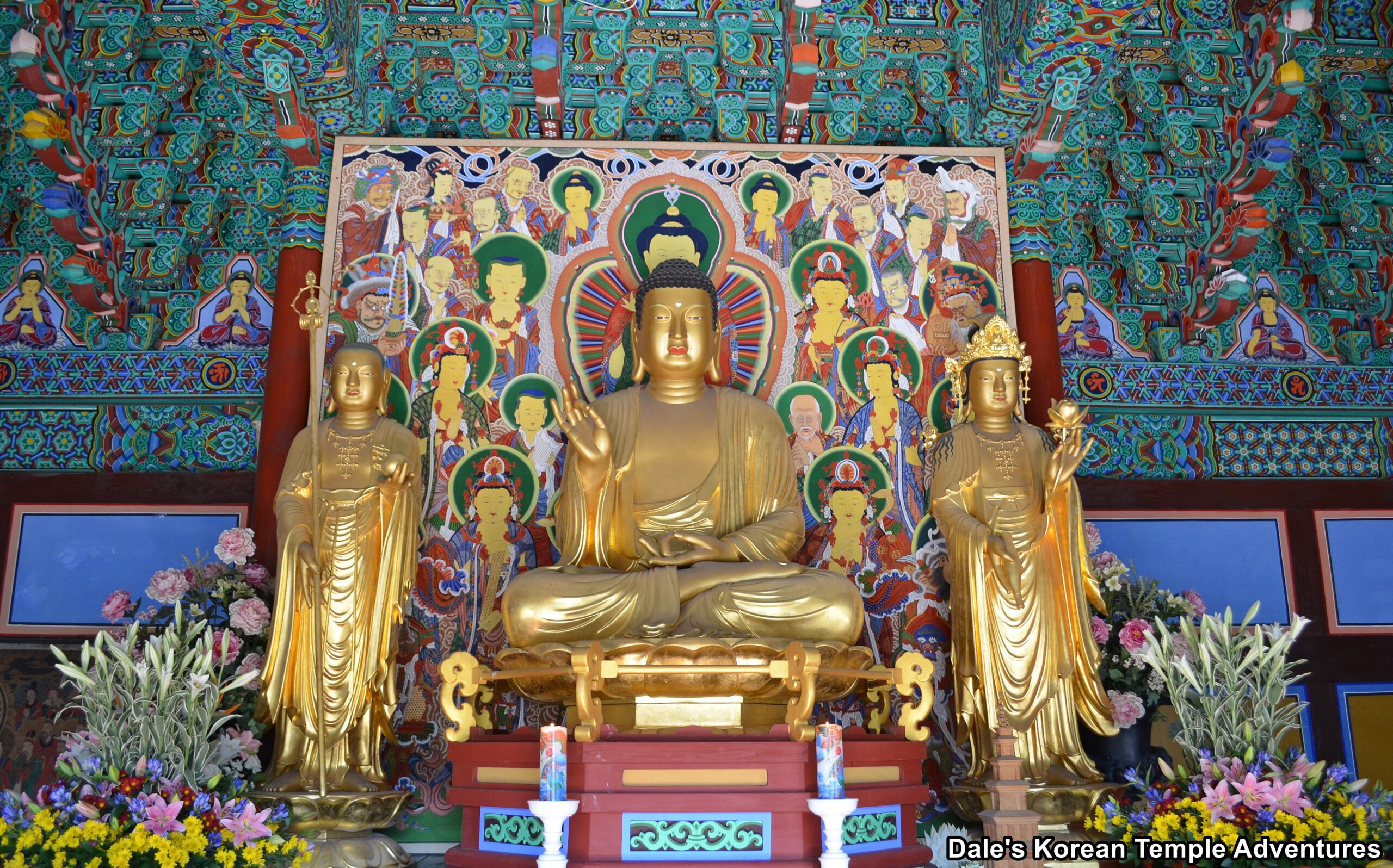
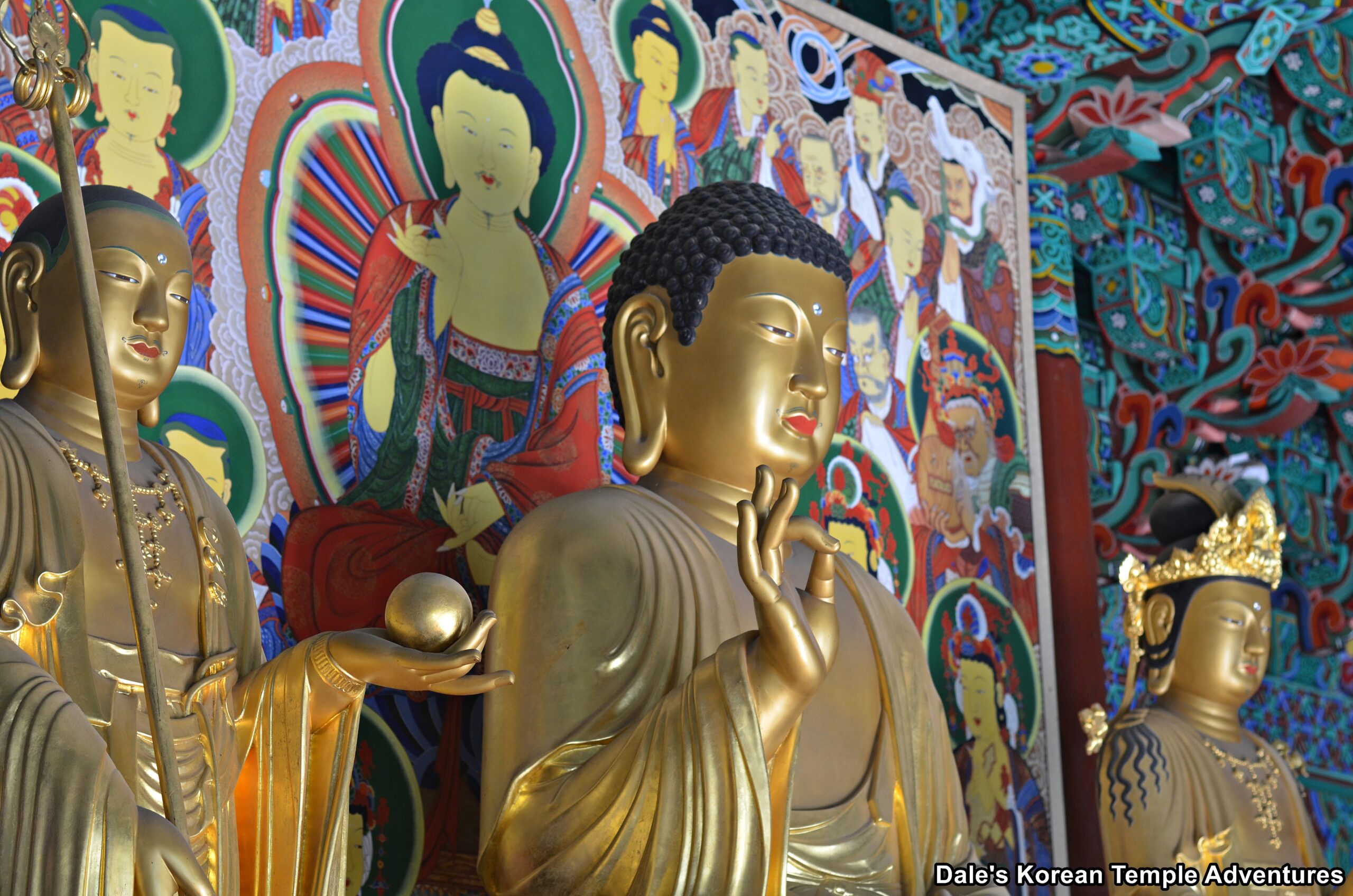
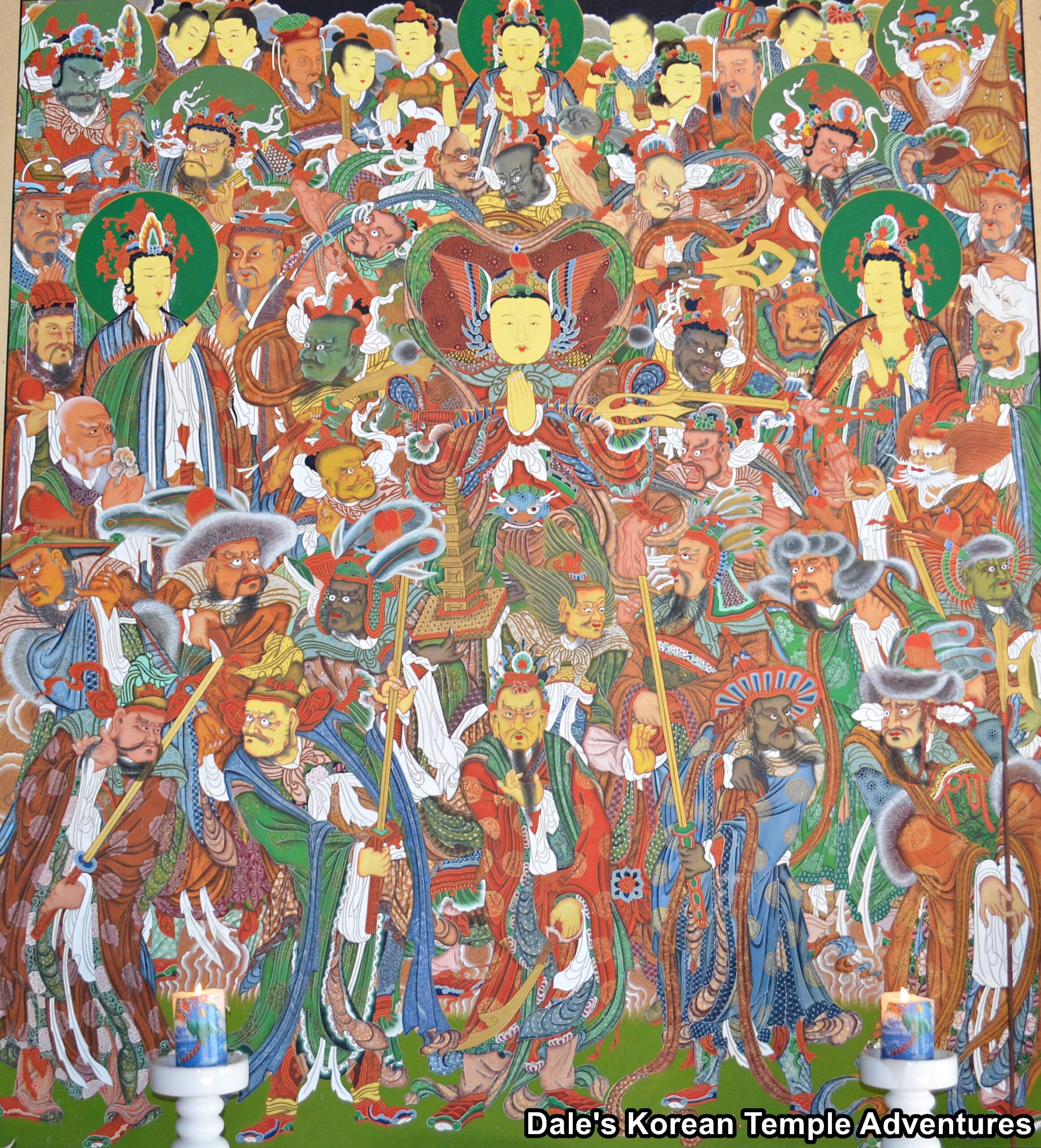
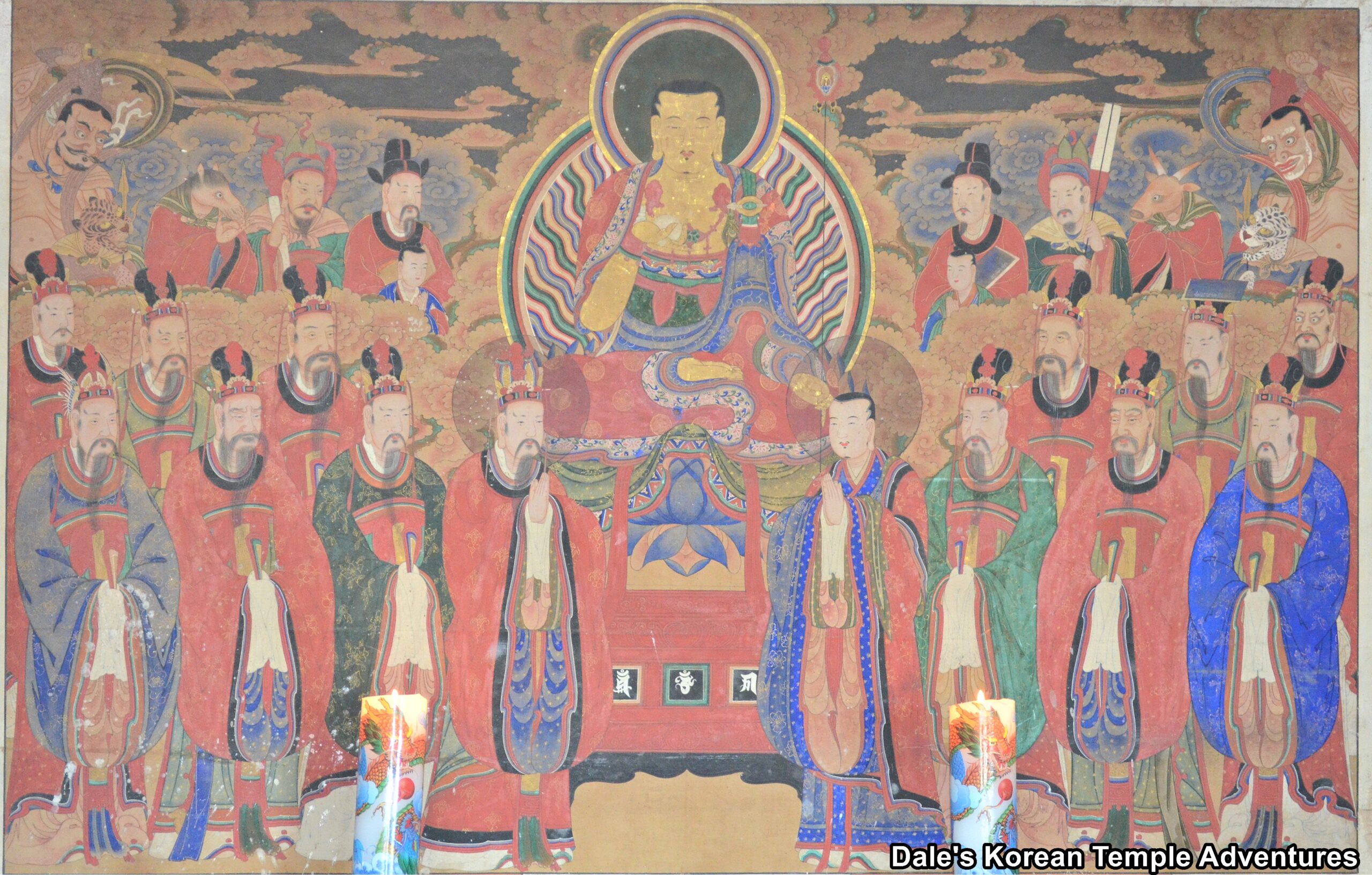
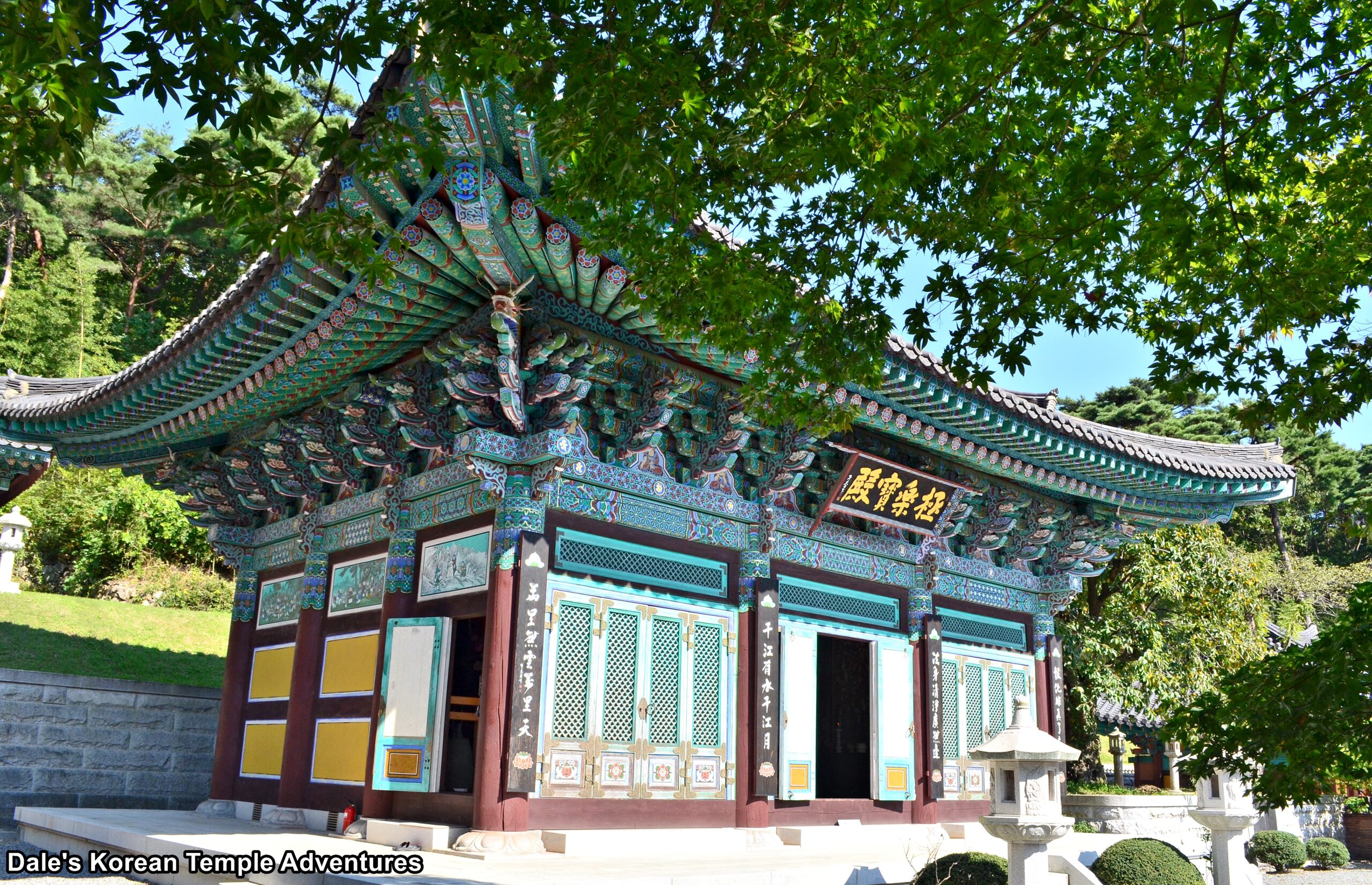
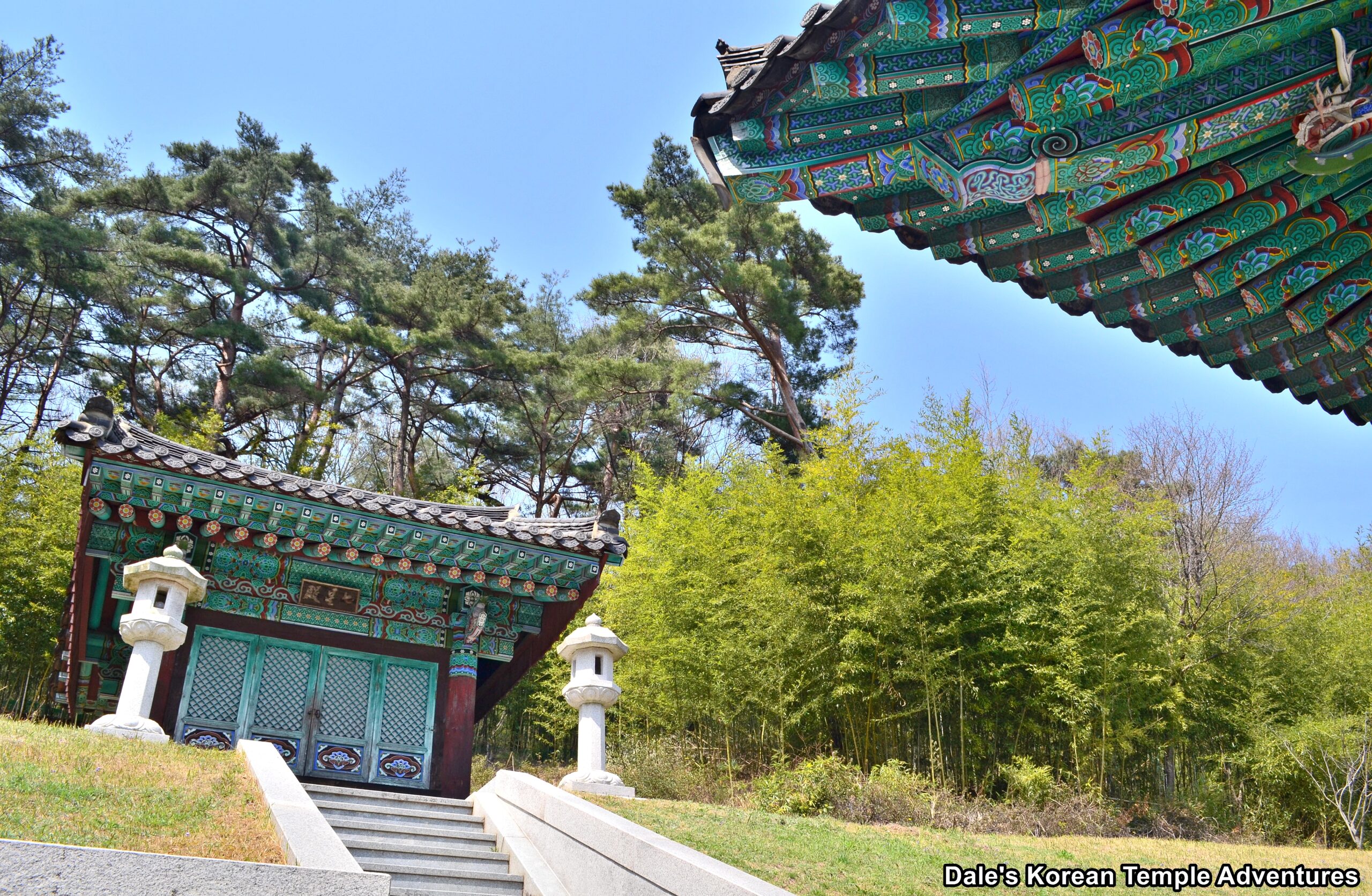
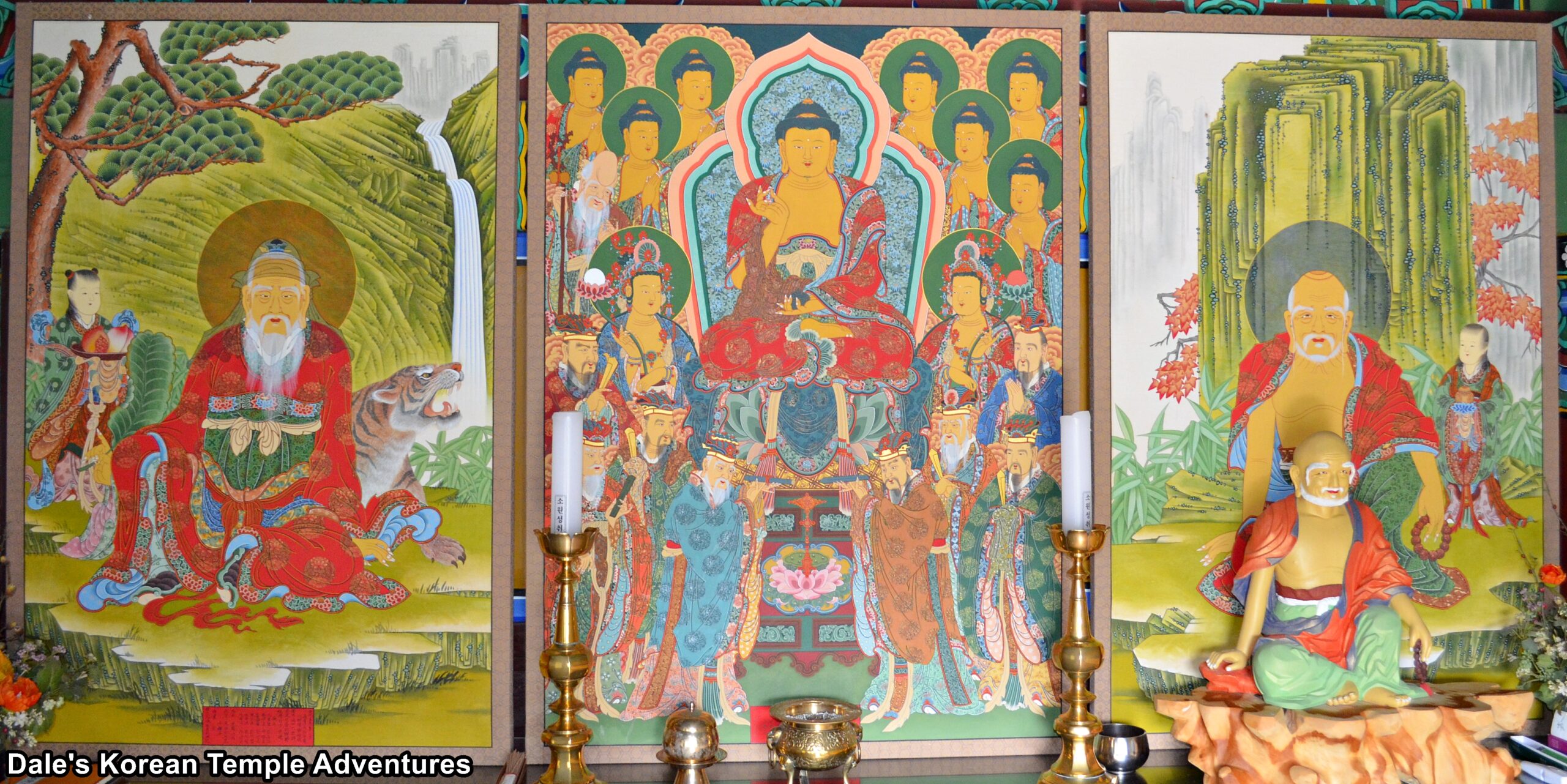
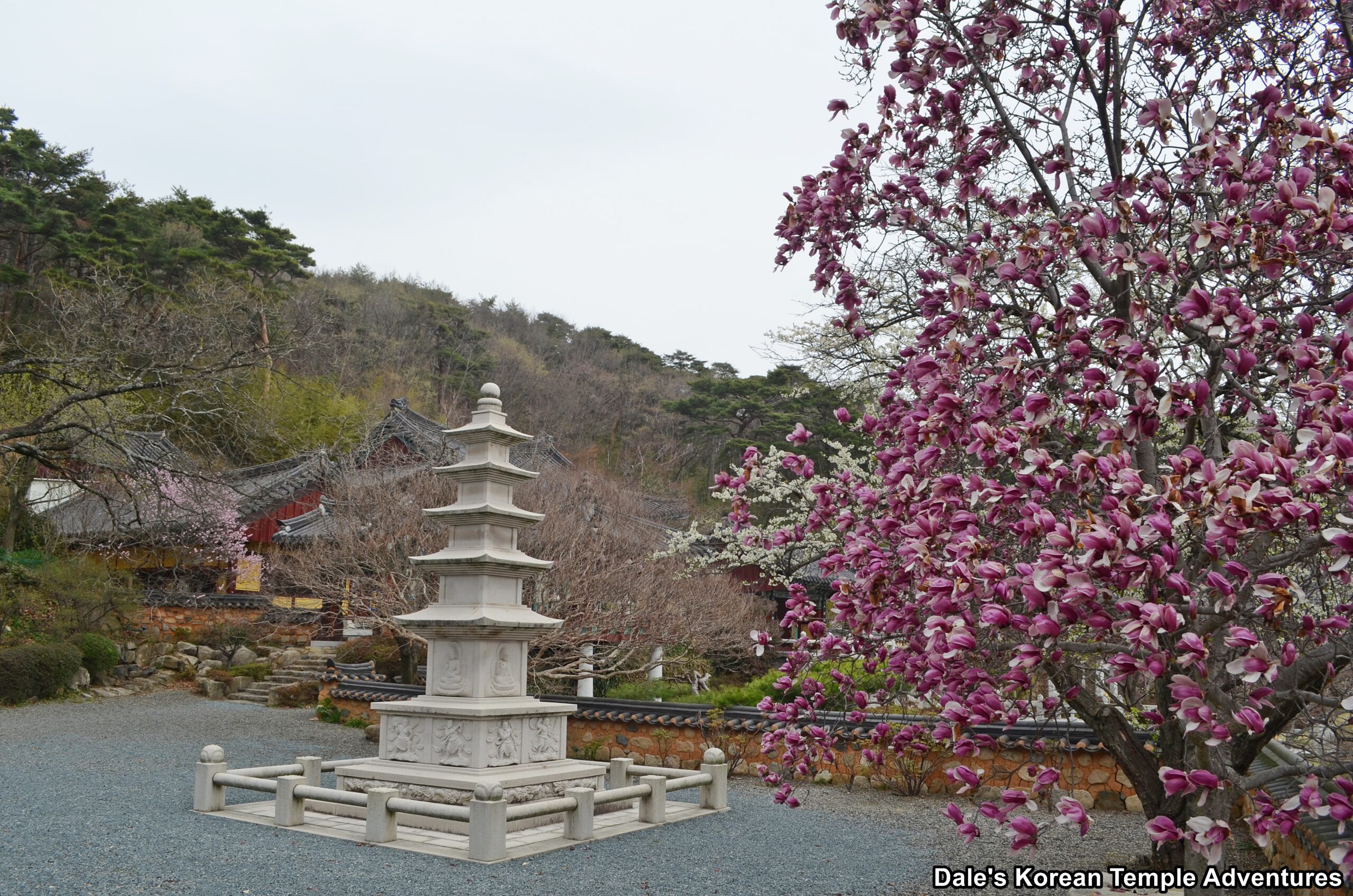
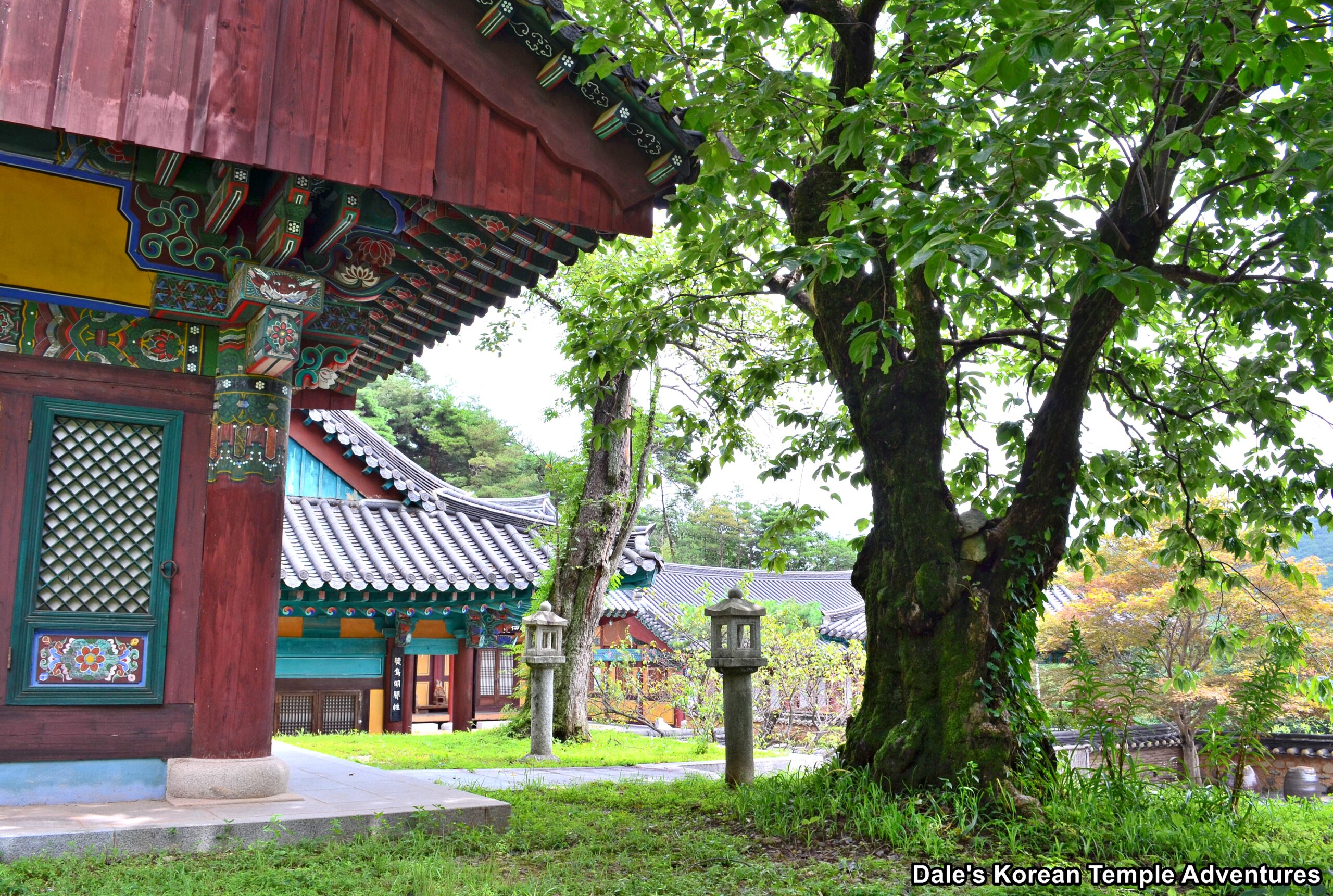

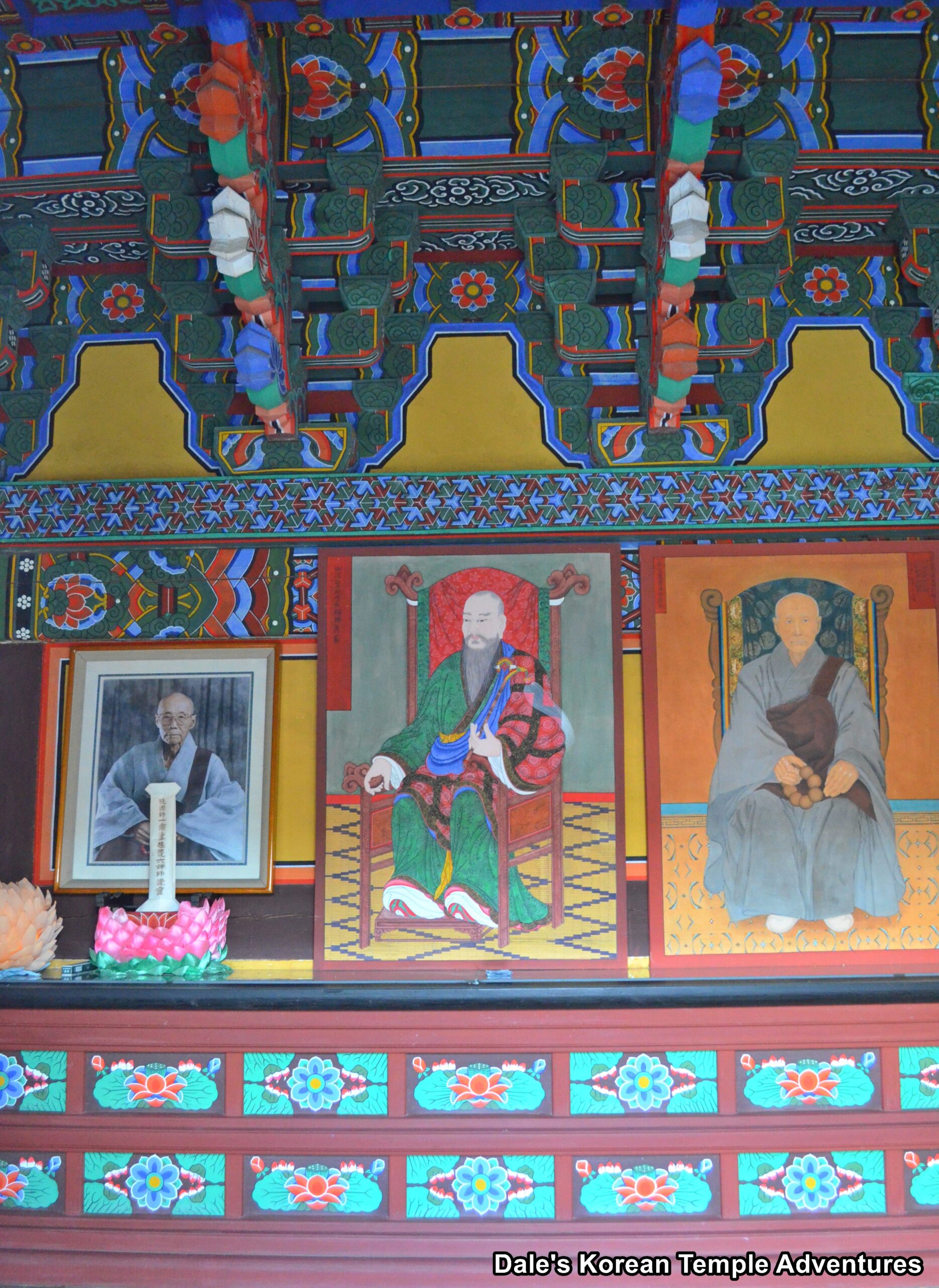
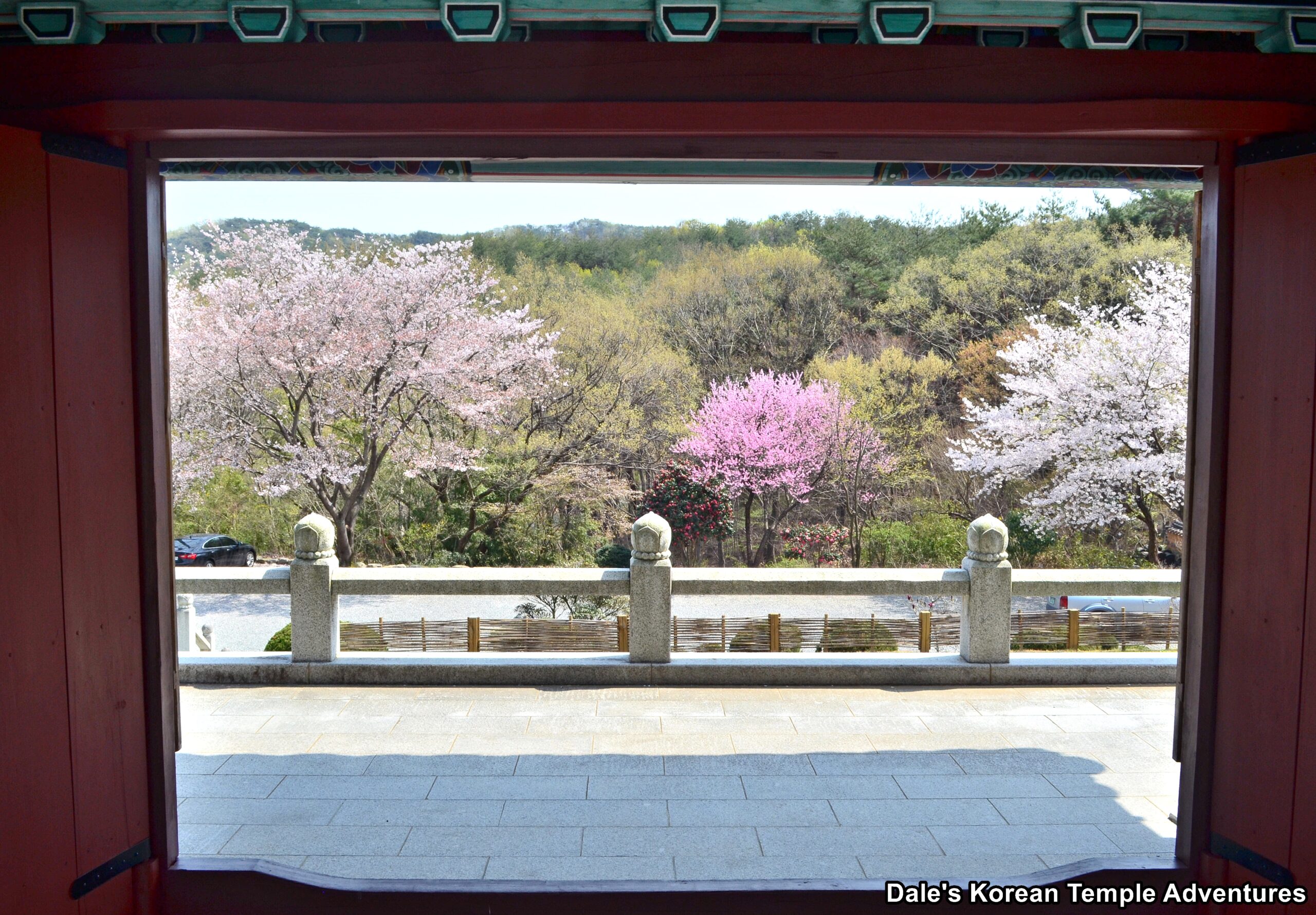


Recent comments